| TALES OF HEATH & POND |
VISITOR'S GUEST BOOK | HISTORY OF THE HEATH & POND | GUESTS' PHOTOGRAPHS | SOURCES OF INFORMATION | VIDEOS | SITE MAP |
Khaki Campbell Ducks
To see a larger copy of each image click on it; to see the next large image click at the right of the image, to go back click on the left of the image. To close a large image click on the cross in the top right hand corner.
New photographs are usually added to the bottom of the page - click to go to the bottom of this page
2020 |
||
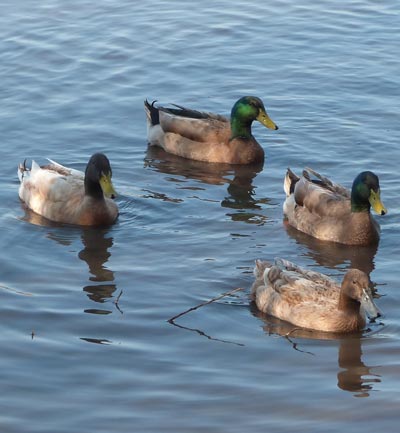 |
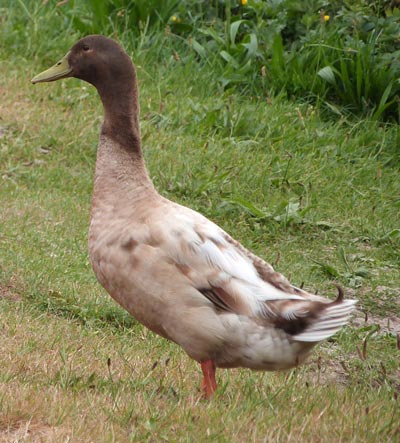 |
|
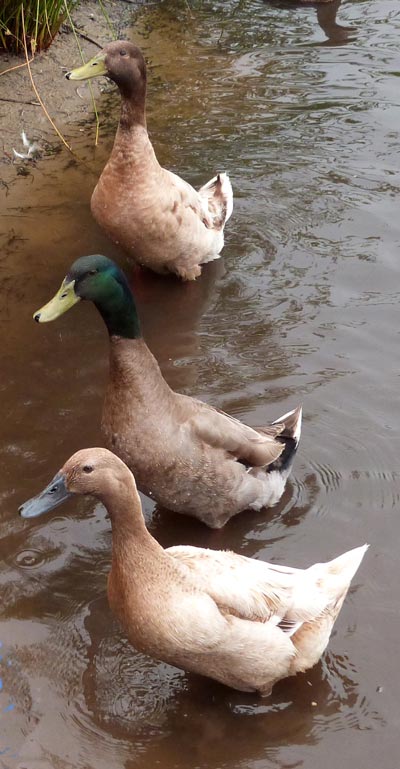 |

The Campbell Duck was originally introduced to the public in 1898 by Mrs. Adelle Campbell of Uley, Gloucestershire from wild Mallards, Fawns and White Runners and Rouens to create larger-bodied offspring that would lay well. The original Campbells resembled poorly colored Mallards. In an attempt to create a buff duck, Mrs. Campbell mated her original Campbells back to Penciled Runner ducks. The resulting color reminded Mrs. Campbell of British army uniforms, so she named these new ducks "Khaki Campbell." The Khaki Campbell has been mainly developed for egg laying - they are extremely agile and average 320 eggs a year outlaying most types of chicken. A great duck for the back garden they are great forages and extremely inquisitive and can be easy to tame with food and treats. They lay white eggs. Campbell’s are just as comfortable on land as in water making them an excellent choice for back yard producers. Being excellent scavengers they are easy to keep and are extremely hardy. Khaki Campbell Ducks have three eyelids the third eyelid called nictitating membrane. They have a top and bottom as well as a third eyelid that is found on the side of the eye. This eyelid blinking acts as a windshield wiper to clear the eye. This helps to see when diving under water can also help the eye from drying out while flying. This is an act of constantly cleaning and keeping the eye moist. A special feature that the Khaki Campbell Duck has is its water-proof feathers, even when the Khaki Campbell Duck dives underwater, its downy under-layer of feathers will stay totally 100% dry. There is a special gland called the "Preen Gland" also called Oil Gland or Uropygial, that produces oil that is near the Khaki Campbell Ducks tail which covers and spreads the outer coat of the Khaki Campbell Ducks feathers, which makes the duck water-proof. |
|
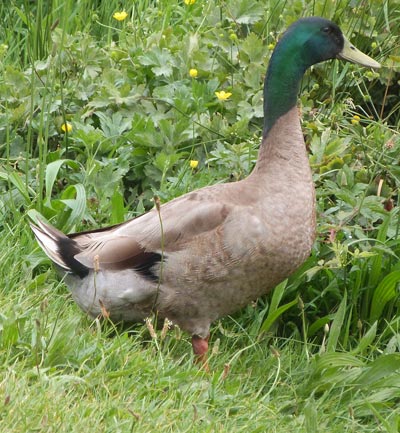 |
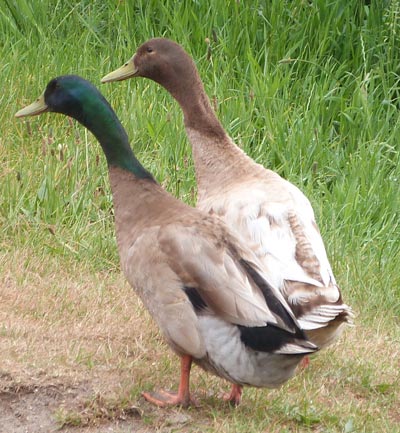 |
|
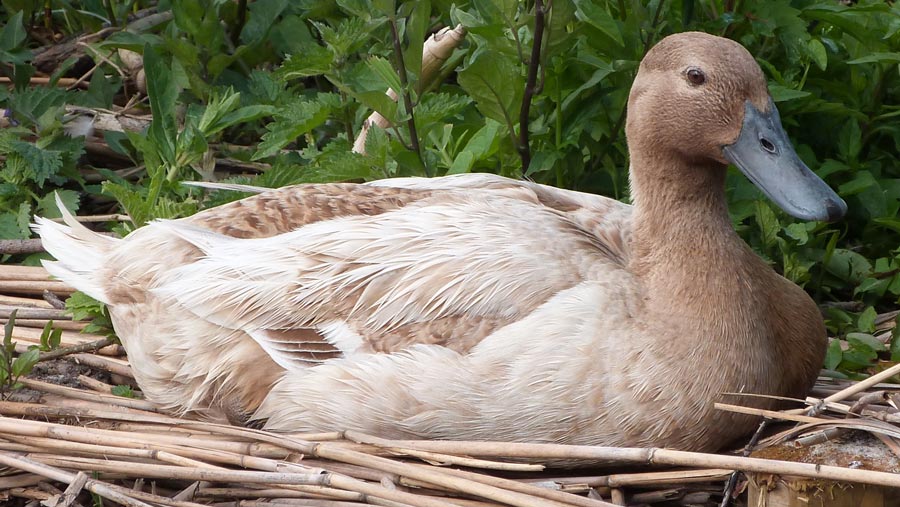 |
||
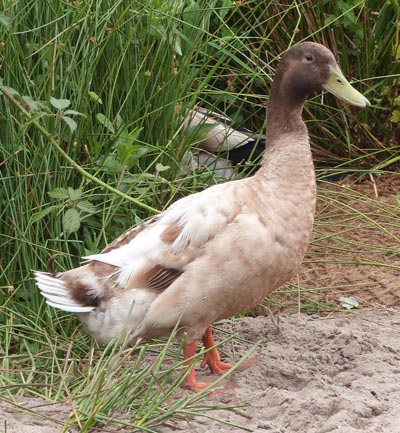 |
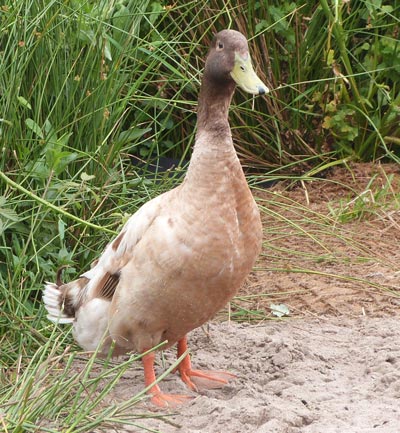 |
|
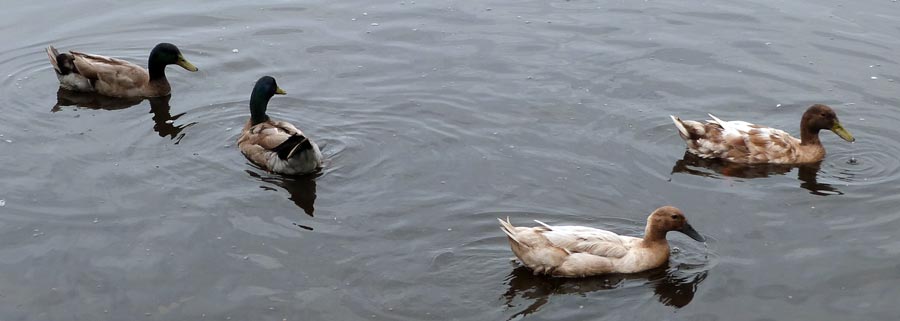 |
||
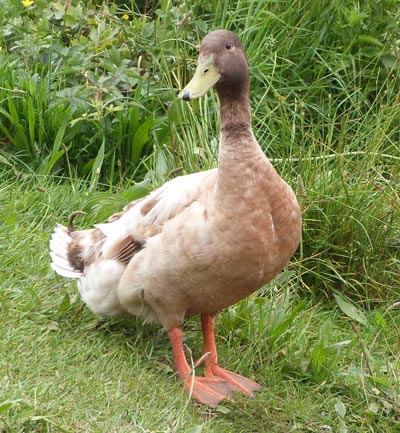 |
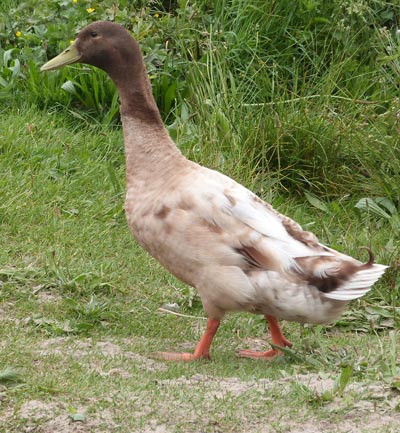 |
|
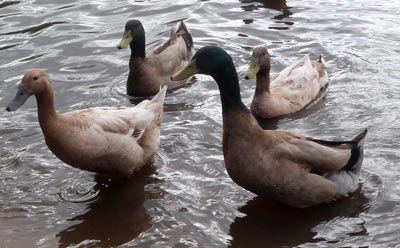 |
||
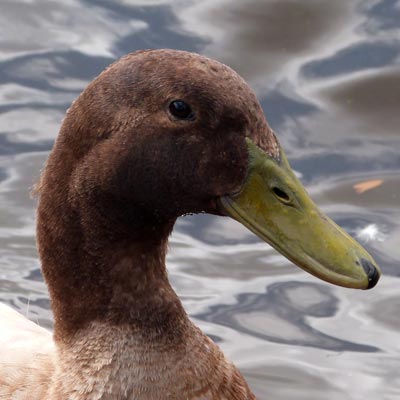 |
 |
|
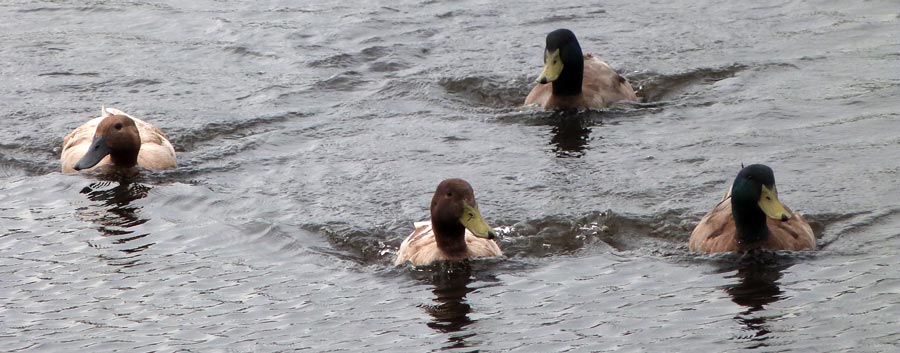 |
||
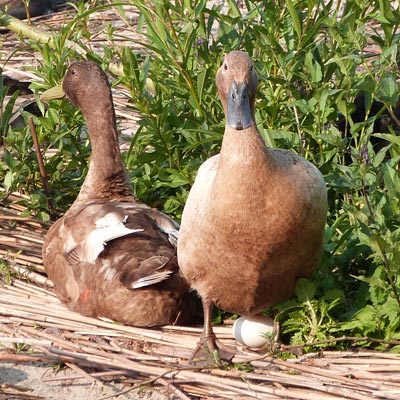 |
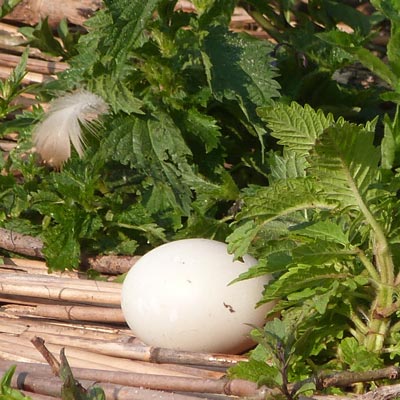 |
|
| First seen on Wednesday 24 June on our first circuit of the pond - but gone on our second circuit! | ||
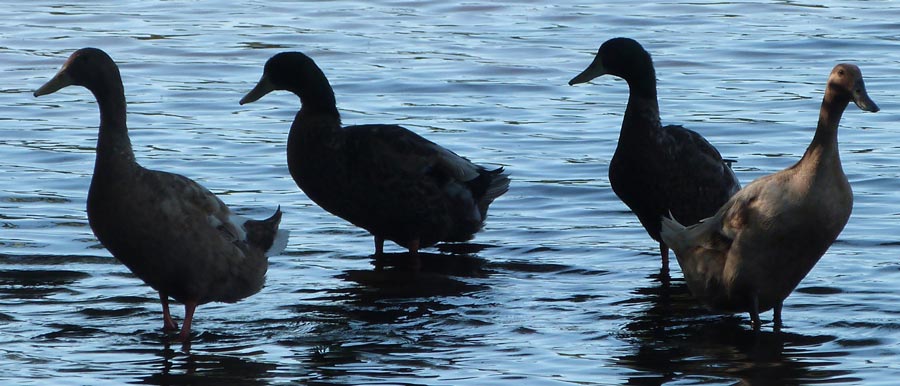 |
||
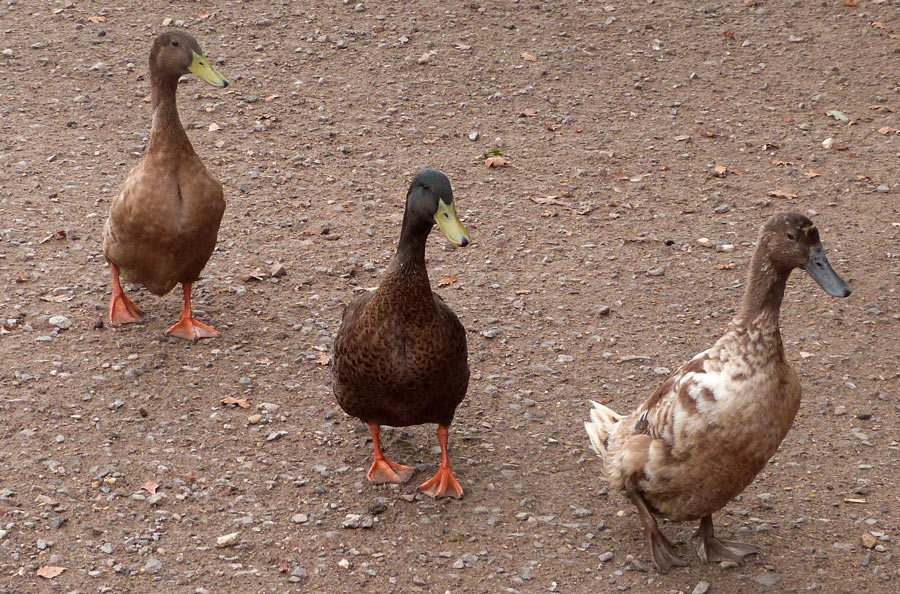 |
||
| August 2020 - now there are only three Khaki Campbells! | ||
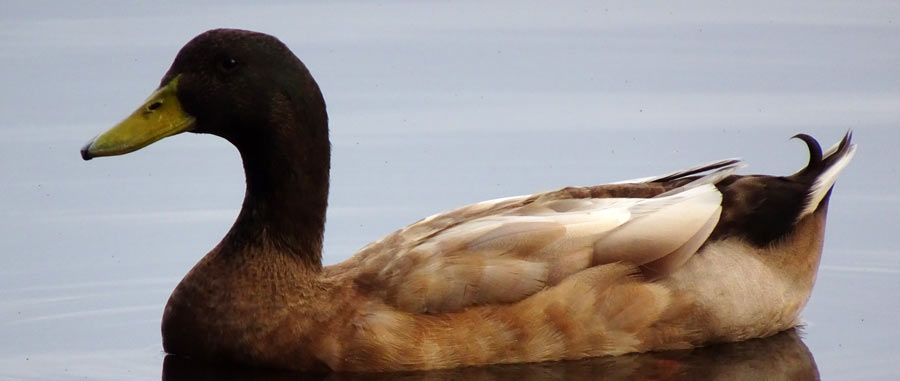 |
||
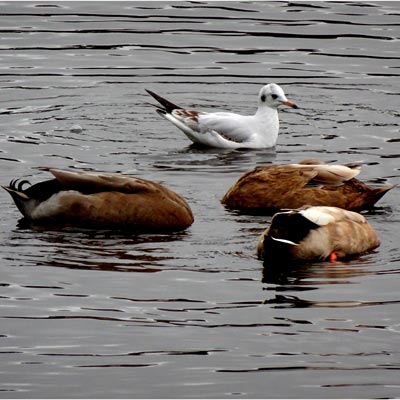 |
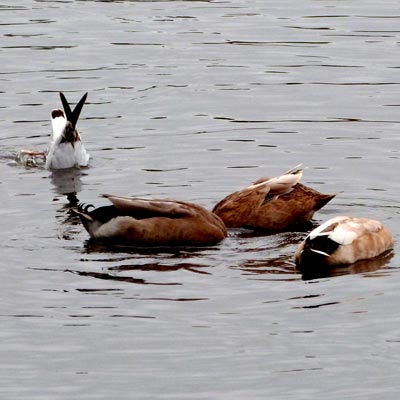 |
|
| What are these Khaki Campbells finding down there? | I'll take a look! | |
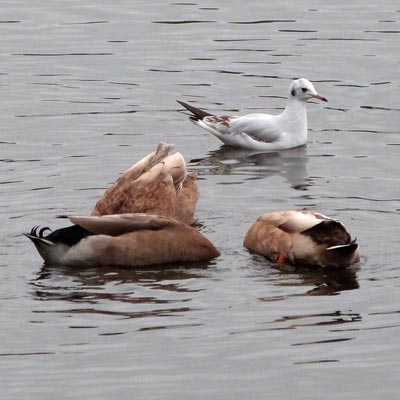 |
||
| No - I couldn't see what they're up to! | ||
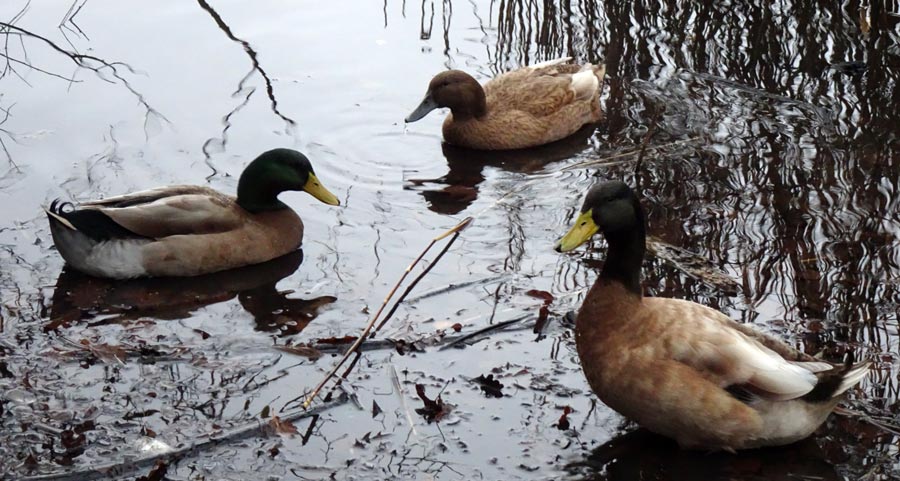 |
||
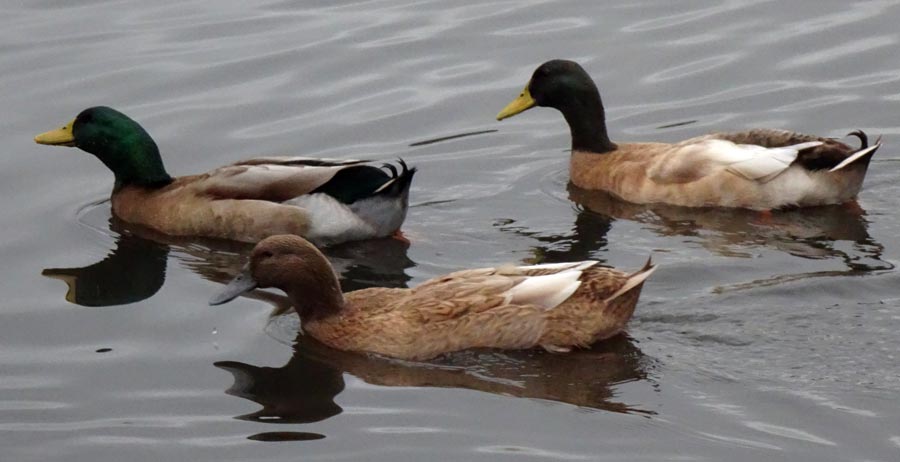 |
||
2021 |
||
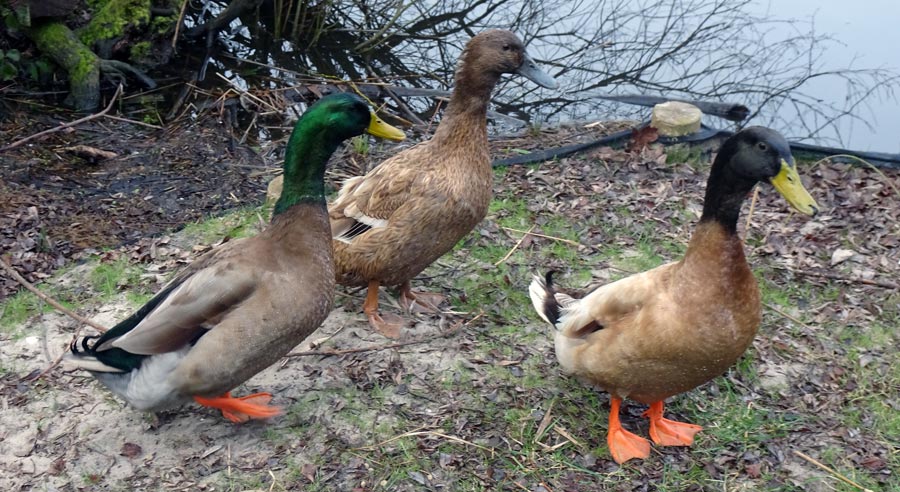 |
||
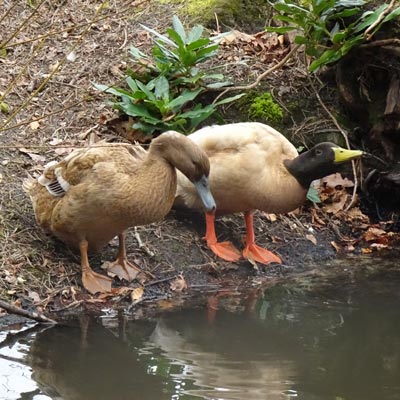 |
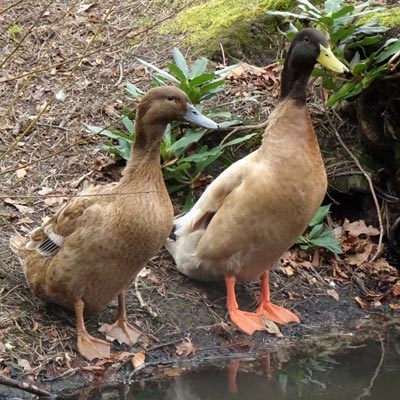 |
|
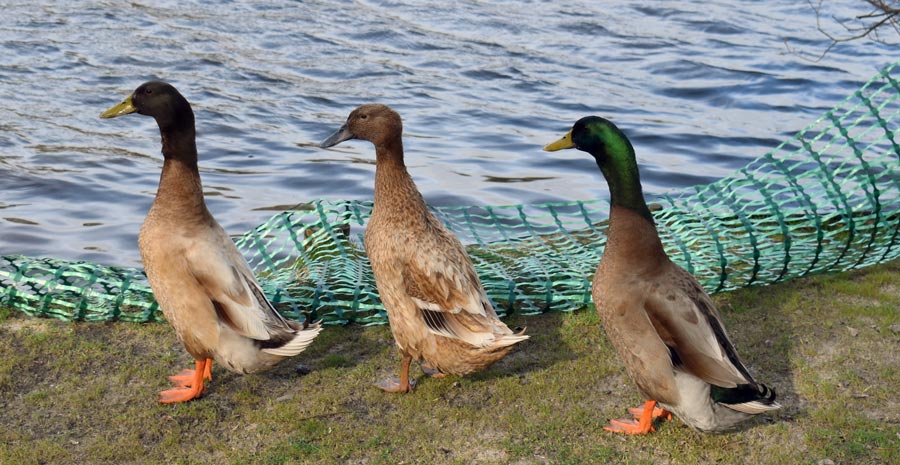 |
||
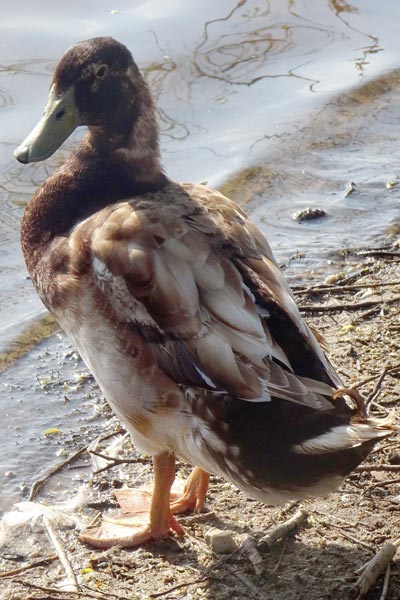 |
||
| In April we spotted a lone Khaki Campbell - if only it would join up with the other three! | ||
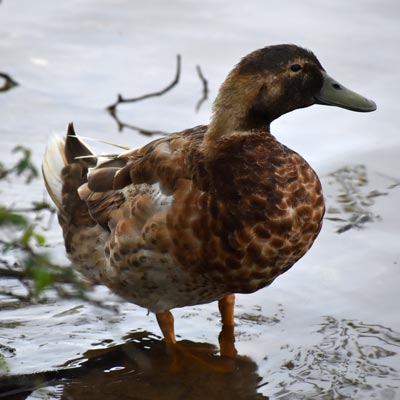 |
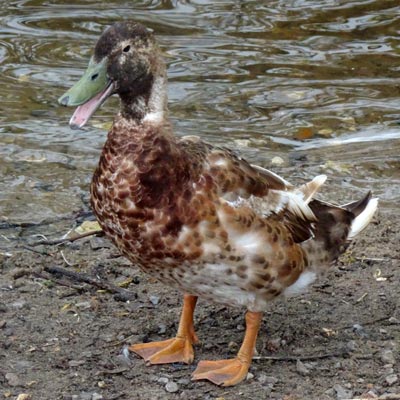 |
|
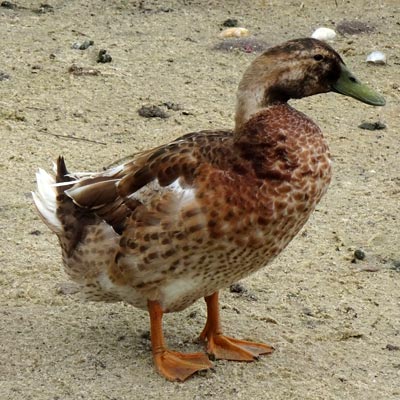 |
 |
|
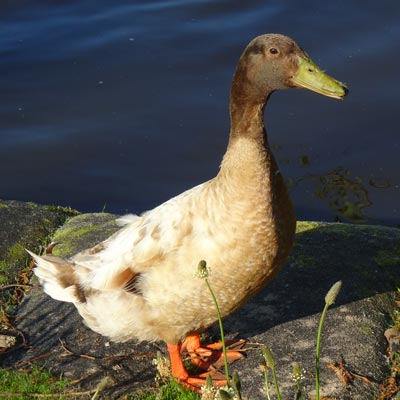 |
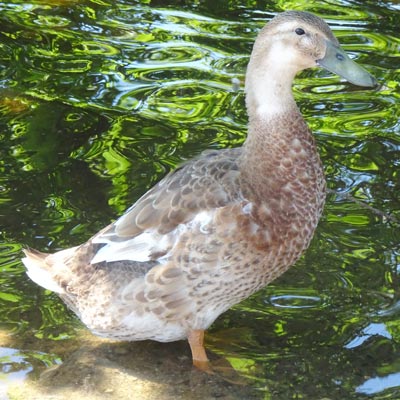 |
|
| Go to the top of this page | ||